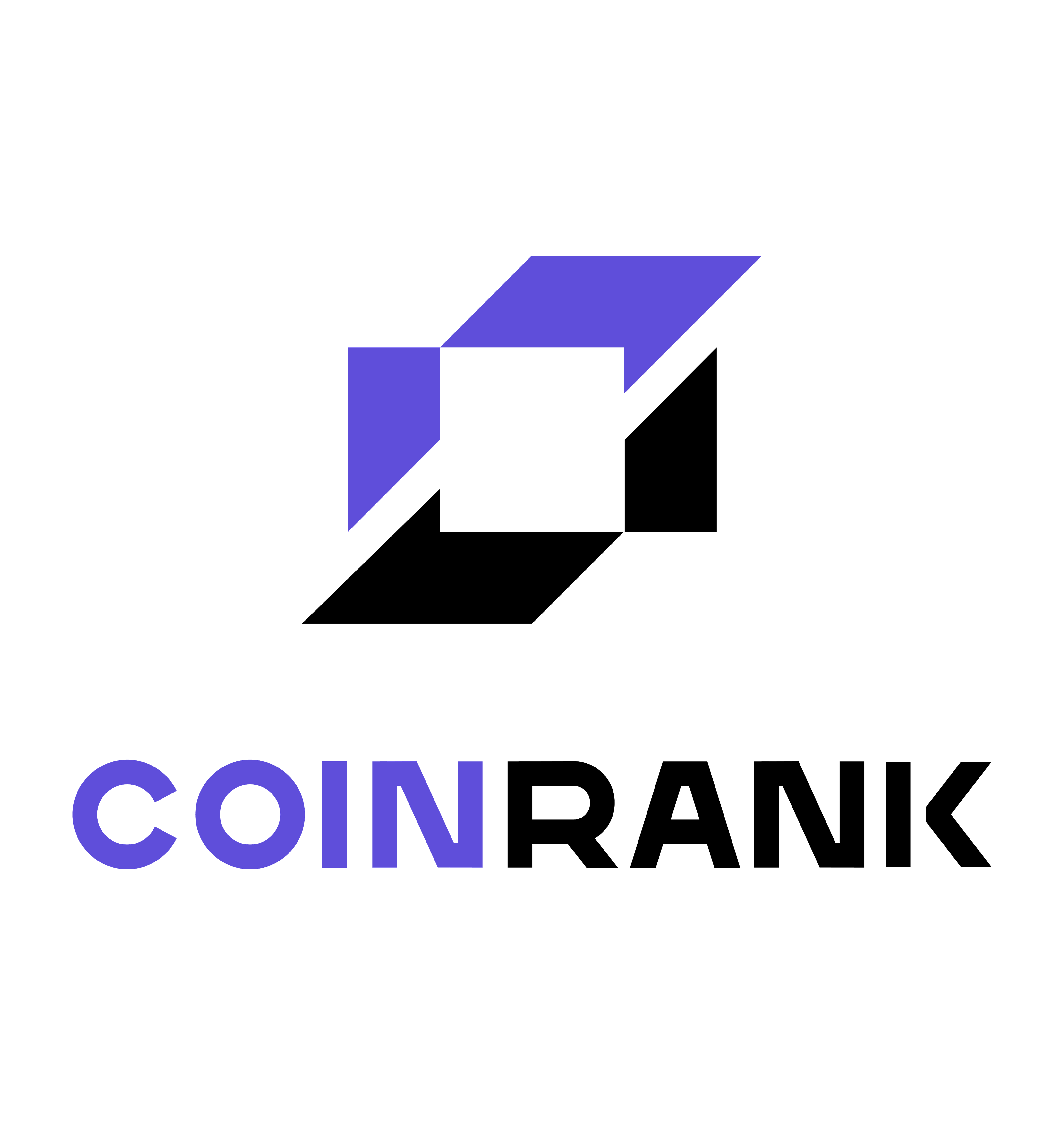
KEYTAKEAWAYS
- US GENIUS Act prioritizes compliance-first approach with federal-state dual framework, requiring full reserve backing and strict licensing for authorized stablecoin issuers.
- EU's MiCA regulation embeds stablecoin oversight within existing financial frameworks, categorizing tokens and enforcing strict compliance through major exchange delistings.
- Hong Kong adopts technology-neutral approach through regulatory sandbox, focusing on outcomes rather than prescriptive rules while maintaining sophisticated oversight and consumer protection.

CONTENT
US, EU, and Hong Kong pursue divergent stablecoin regulatory strategies: compliance-first vs embedded regulation vs technology-neutral frameworks. Regulatory competition reshapes global digital finance.

The global stablecoin regulatory landscape is experiencing unprecedented fragmentation as major financial centers pursue distinctly different approaches to governing digital currencies.
While the United States prioritizes “compliance-first” frameworks, the European Union implements “embedded regulation,” and Hong Kong explores “technology-neutral” structures, this regulatory divergence is intensifying institutional competition and reshaping the future of digital finance.
This strategic differentiation isn’t merely about regulatory preferences; it represents a fundamental battle for digital finance supremacy. Each jurisdiction is betting that their particular approach will attract more innovation, investment, and market share in what has become a trillion-dollar stablecoin ecosystem. The stakes have never been higher, with regulatory decisions today determining which financial centers will dominate tomorrow’s digital economy.
The timing of this regulatory race is particularly significant. Following years of regulatory uncertainty, 2024 and 2025 have witnessed a coordinated push toward clarity across all three jurisdictions. However, rather than converging on similar frameworks, each region has doubled down on approaches that reflect their unique regulatory philosophies and competitive advantages.
US ADOPTS COMPLIANCE-FIRST STRATEGY
The United States has embraced a distinctly American approach to stablecoin regulation through the GENIUS Act, which received Senate approval in May 2025 with 66 votes in favor. This legislation establishes a federal-state dual regulatory framework that prioritizes compliance certainty above all other considerations, reflecting the US preference for clear rules and strict enforcement mechanisms.
Under the GENIUS framework, only licensed payment stablecoin issuers can legally operate in the market, with unauthorized issuance constituting a federal crime. The legislation creates a clear hierarchy where federal regulators oversee large issuers with market capitalizations exceeding $10 billion, while state regulators handle smaller players under frameworks that must be “substantially similar” to federal requirements.
The compliance-first approach extends beyond simple licensing requirements. Stablecoin issuers must maintain full reserve backing in US dollars or US Treasury securities, undergo regular audits, and submit to comprehensive reporting requirements. The legislation explicitly clarifies that payment stablecoins are neither securities nor commodities, removing years of regulatory ambiguity that had plagued the sector.
What distinguishes the US approach is its emphasis on consumer protection and financial stability rather than innovation facilitation.
The regulatory framework includes strict capital requirements, operational resilience standards, and provisions for emergency interventions by authorities. This conservative stance reflects American regulators’ historical preference for stability over experimentation, particularly following previous crypto market disruptions.
EU IMPLEMENTS EMBEDDED REGULATORY ARCHITECTURE
The European Union has taken a markedly different path through its Markets in Crypto-Assets regulation, which became fully effective in December 2024. Rather than creating separate regulatory structures for stablecoins, the EU has embedded digital asset oversight within its existing financial services framework, leveraging decades of harmonized banking and securities regulation.
The embedded approach categorizes stablecoins into two distinct types: Asset-Referenced Tokens and Electronic Money Tokens. This classification system allows regulators to apply different requirements based on underlying asset structures rather than creating one-size-fits-all rules. Asset-Referenced Tokens face stricter requirements when they achieve “significant” status, defined as having more than 10 million token holders or daily transaction values exceeding €1 billion.
The European approach has already demonstrated its enforcement capability. Major exchanges including Binance, Coinbase, and Kraken have delisted non-compliant stablecoins such as USDT in EU markets, forcing issuers to either comply with requirements or exit European markets entirely. This aggressive enforcement sends a clear message about the EU’s commitment to its regulatory vision.
Furthermore, the EU’s embedded regulatory strategy extends beyond simple compliance requirements to encompass broader policy objectives including financial stability, consumer protection, and market integrity. European authorities have indicated that stablecoin regulation serves as a testing ground for wider digital finance governance, suggesting that lessons learned will influence future crypto asset regulation globally.
HONG KONG EXPLORES TECHNOLOGY-NEUTRAL FRAMEWORKS
Hong Kong has positioned itself as the most innovation-friendly jurisdiction through its Stablecoin Ordinance, which passed the Legislative Council in May 2025. The territory’s “technology-neutral” approach focuses on outcomes rather than specific technological implementations, providing flexibility for issuers while maintaining regulatory oversight.
The Hong Kong framework introduces the concept of “specified stablecoins” that reference official currencies or economic units designated by the Hong Kong Monetary Authority. This flexible definition allows for innovation while ensuring regulatory control over systemically important tokens. Notably, the ordinance applies to Hong Kong-issued stablecoins and those referencing the Hong Kong dollar, regardless of where they’re issued.
Hong Kong’s regulatory sandbox has become a key differentiator in attracting international players. The first batch of sandbox participants includes major institutions such as Standard Chartered Bank, PCCW, and technology companies like JD Digits and Circle Innovation Technology. This diverse group reflects Hong Kong’s strategy of accommodating both traditional financial institutions and fintech innovators.
The technology-neutral approach extends to technical requirements as well. Rather than prescribing specific technologies or operational models, Hong Kong regulators focus on outcomes such as asset backing, redemption mechanisms, and consumer protection. This flexibility allows issuers to innovate within clear parameters while ensuring regulatory objectives are met.
COMPETITIVE IMPLICATIONS AND MARKET DYNAMICS
The regulatory divergence among these three major jurisdictions is creating significant competitive pressures and market fragmentation. Each approach offers distinct advantages and disadvantages for different types of market participants, leading to strategic jurisdictional shopping among stablecoin issuers and users.
The US compliance-first model provides maximum regulatory certainty, making it attractive to risk-averse institutional investors and traditional financial institutions. However, the strict requirements and high compliance costs may deter smaller innovators and experimental projects. Major issuers like Circle have publicly praised the GENIUS Act, viewing clear regulations as competitive advantages over less regulated competitors.
Conversely, the EU’s embedded approach leverages existing regulatory infrastructure while providing comprehensive consumer protections. The classification system allows for proportional regulation, potentially reducing barriers for smaller issuers while maintaining strict oversight of systemically important tokens. However, the aggressive enforcement against non-compliant tokens has created implementation challenges for global issuers.
Hong Kong’s technology-neutral framework offers the most flexibility for innovation while maintaining sophisticated regulatory oversight. The sandbox approach allows for experimentation before full regulatory implementation, potentially attracting cutting-edge projects that might struggle under more prescriptive frameworks elsewhere. However, questions remain about how this approach will scale and whether flexibility might compromise consumer protection.
GLOBAL IMPLICATIONS AND FUTURE CONVERGENCE
The stablecoin regulatory divergence among the US, EU, and Hong Kong reflects broader competition for digital finance leadership in an increasingly multipolar world. Each jurisdiction is betting that their approach will prove most effective at balancing innovation, stability, and consumer protection while attracting global market share.
This regulatory competition has already begun reshaping global stablecoin markets. Tether’s USDT, despite being the largest stablecoin by market capitalization, faces restrictions in EU markets due to compliance issues. Meanwhile, compliant stablecoins like Circle’s USDC are gaining market share in regulated jurisdictions, demonstrating how regulatory frameworks directly influence competitive dynamics.
The current fragmentation also creates challenges for global financial institutions and multinational stablecoin issuers who must navigate multiple regulatory frameworks simultaneously. Compliance costs and operational complexity increase significantly when issuers must satisfy different requirements across jurisdictions, potentially favoring larger players who can afford multi-jurisdictional compliance programs.
Looking ahead, the success of each regulatory approach will likely depend on market outcomes over the next several years. Metrics such as innovation rates, consumer adoption, financial stability, and market share growth will determine which frameworks prove most effective. However, given the fundamental philosophical differences underlying each approach, significant convergence appears unlikely in the near term.
Instead, the global stablecoin landscape may continue evolving toward a multipolar structure where different regulatory approaches coexist and compete for market participants. This competition could ultimately benefit the broader digital finance ecosystem by encouraging regulatory innovation and providing choices for different types of market participants, though it may also increase complexity and fragmentation in global digital currency markets.















